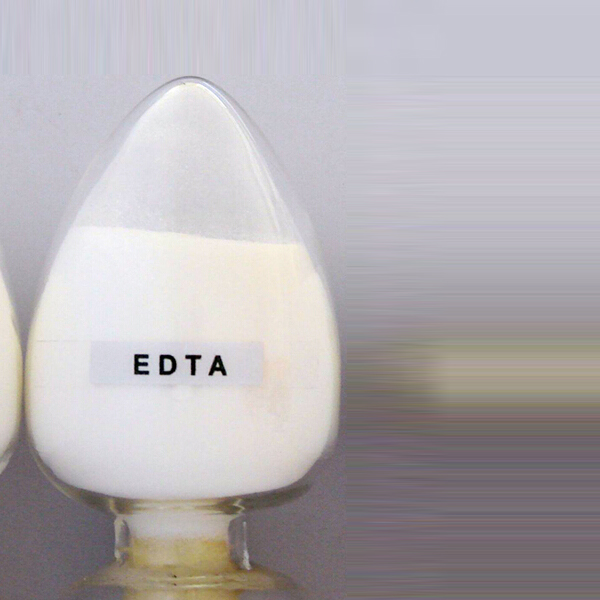
News
Jul . 29, 2024 06:23 Back to list
Exploring the Manufacturing Processes of Polyglutamic Acid and Hyaluronic Acid for Diverse Applications
The Significance of Polyglutamic Acid and Hyaluronic Acid in Modern Skincare
In recent years, the skincare industry has witnessed an explosive growth in the formulation of products that incorporate advanced ingredients aimed at enhancing skin health. Two standout players in this arena are polyglutamic acid and hyaluronic acid, both of which have garnered significant attention and commendation from professionals and beauty enthusiasts alike.
Understanding the Basics
Polyglutamic acid (PGA) is a naturally occurring polymer of the amino acid glutamic acid. It is primarily synthesized by certain bacteria during fermentation processes. Renowned for its remarkable ability to retain moisture, polyglutamic acid can hold up to 5,000 times its weight in water, making it a superstar in hydration. This characteristic positions it as a worthy companion to hyaluronic acid, another well-regarded hydrating agent known for its capability to retain moisture and promote skin elasticity.
Hyaluronic acid (HA) is naturally present in the human body, particularly in connective tissues and skin. It serves as a humectant, helping to hydrate the skin by attracting water molecules. As we age, our skin’s natural HA levels diminish, leading to dryness, loss of elasticity, and the formation of fine lines. Therefore, the incorporation of HA in skincare products is often aimed at restoring lost moisture to promote a youthful appearance.
Synergistic Benefits
While both polyglutamic acid and hyaluronic acid independently contribute to effective hydration, their combination presents heightened benefits. Polyglutamic acid creates a protective film on the skin, reducing moisture loss and enhancing the performance of hyaluronic acid. This collaboration not only improves skin hydration but also supports the skin barrier, leading to improved overall skin texture and health.
polyglutamic acid or hyaluronic acid factory

Moreover, polyglutamic acid is known for its ability to smooth out the skin’s surface, thus making it an ideal ingredient for individuals looking to achieve a plump and dewy complexion. The dual action of both acids allows for immediate hydration as well as long-term skin improvement, making products featuring these ingredients popular among consumers.
Factory Production and Quality Control
Given the rising demand for polyglutamic acid and hyaluronic acid, the establishment of specialized factories for their production has become increasingly vital. The production process involves stringent quality control measures to ensure the purity and efficacy of these compounds.
Leading factories utilize advanced fermentation technology to produce polyglutamic acid from natural sources. This biotechnology-based method not only allows for sustainable production but also ensures that the final product is free from harmful additives and contaminants. Similarly, the synthesis of hyaluronic acid demands high standards of production, necessitating thorough testing and validation to guarantee consistency in molecular weight and efficacy.
Conclusion
The skincare market continues to evolve, with consumers increasingly seeking scientifically-backed ingredients that deliver tangible benefits. Polyglutamic acid and hyaluronic acid represent the forefront of this movement, providing powerful solutions for hydration and skin health. As factories specialize in the eco-friendly and efficient production of these compounds, the future of skincare looks promising. By harnessing the benefits of both acids, consumers can look forward to innovative formulations that not only enhance their beauty regime but also foster healthier, youthful skin. As we move further into an era of informed skincare choices, the significance of polyglutamic acid and hyaluronic acid will undoubtedly grow, solidifying their places as essential ingredients in the beauty industry.
-
Polyaspartic Acid Salts in Agricultural Fertilizers: A Sustainable Solution
NewsJul.21,2025
-
OEM Chelating Agent Preservative Supplier & Manufacturer High-Quality Customized Solutions
NewsJul.08,2025
-
OEM Potassium Chelating Agent Manufacturer - Custom Potassium Oxalate & Citrate Solutions
NewsJul.08,2025
-
OEM Pentasodium DTPA Chelating Agent Supplier & Manufacturer High Purity & Cost-Effective Solutions
NewsJul.08,2025
-
High-Efficiency Chelated Trace Elements Fertilizer Bulk Supplier & Manufacturer Quotes
NewsJul.07,2025
-
High Quality K Formation for a Chelating Agent – Reliable Manufacturer & Supplier
NewsJul.07,2025
